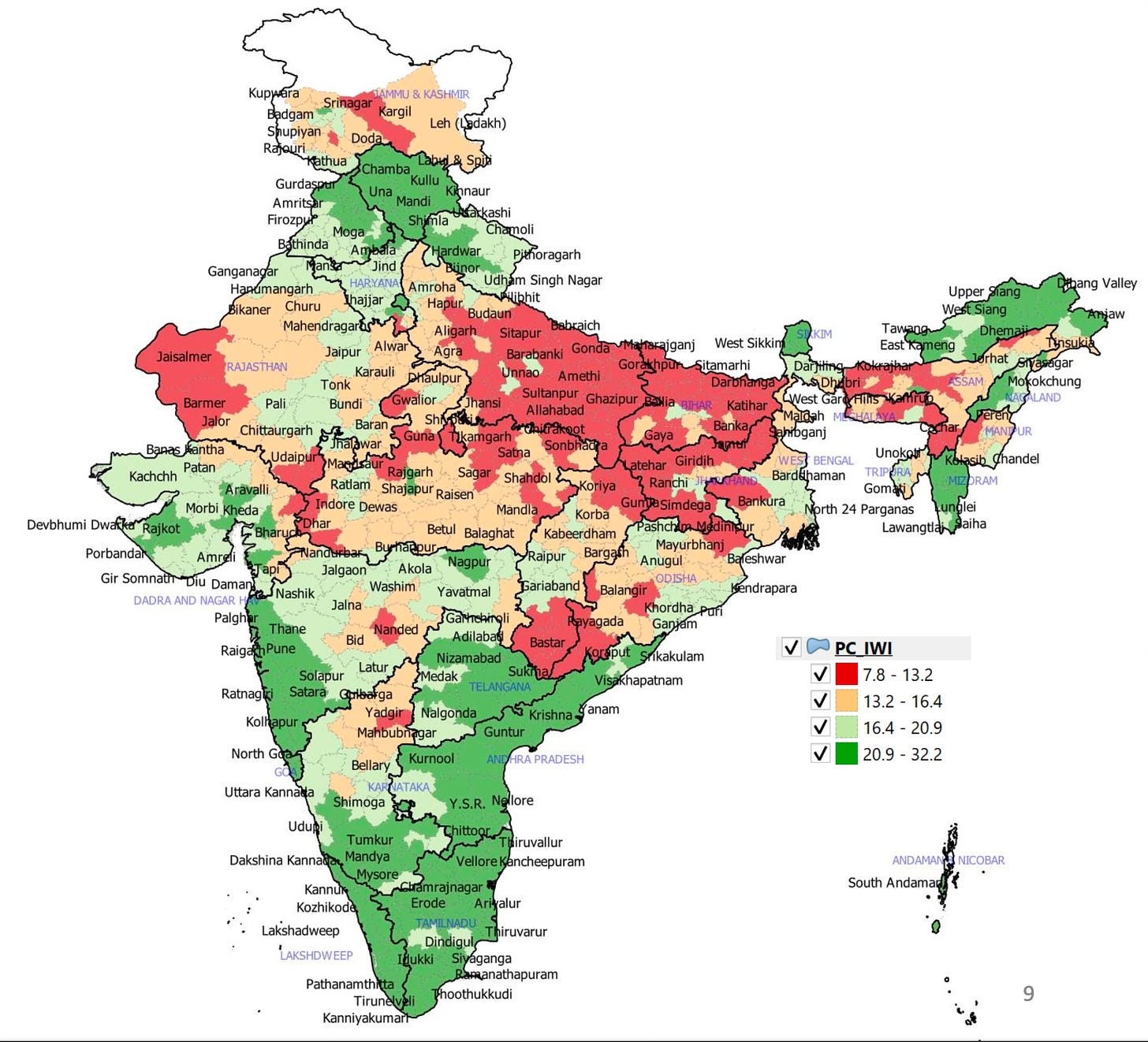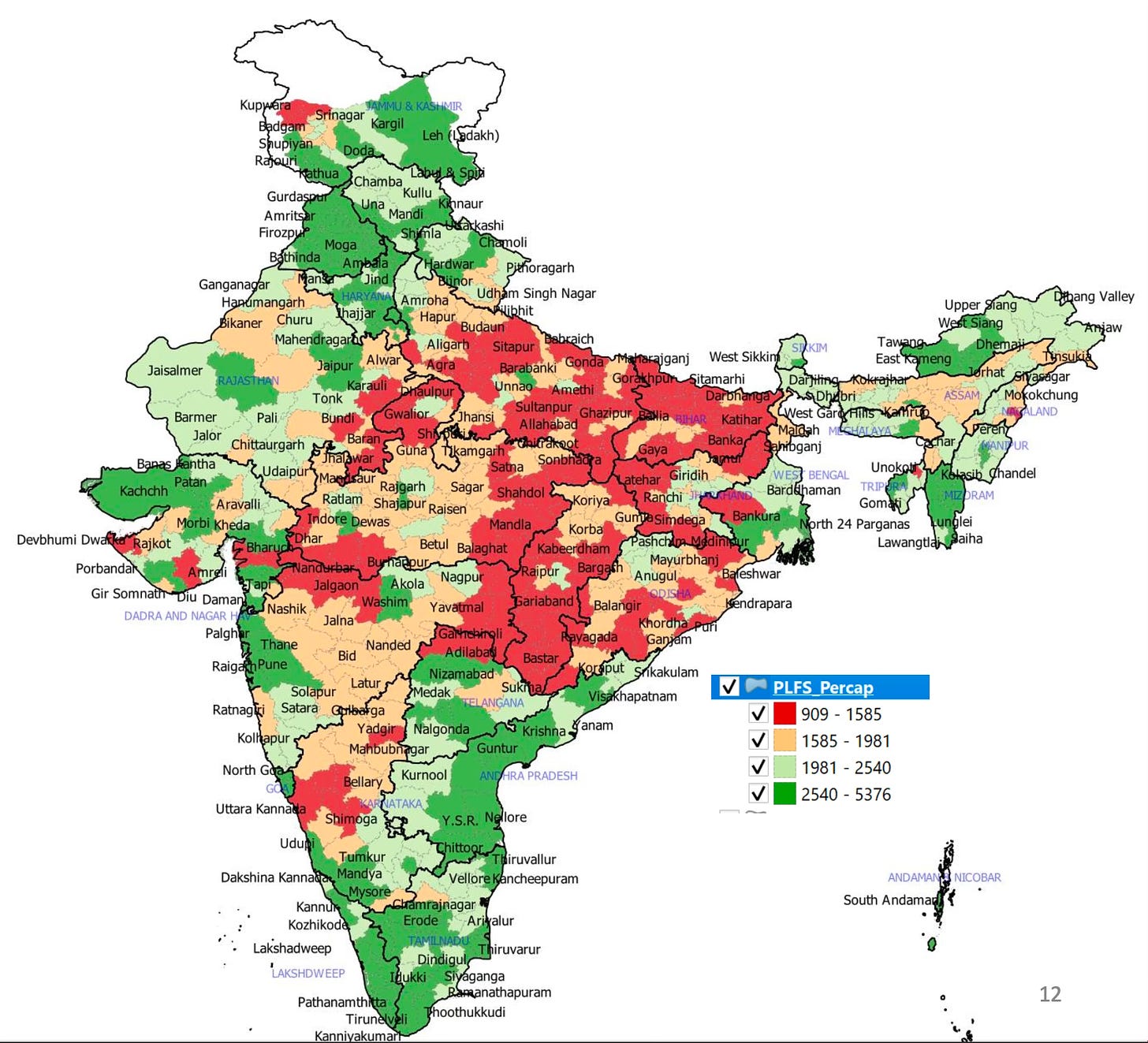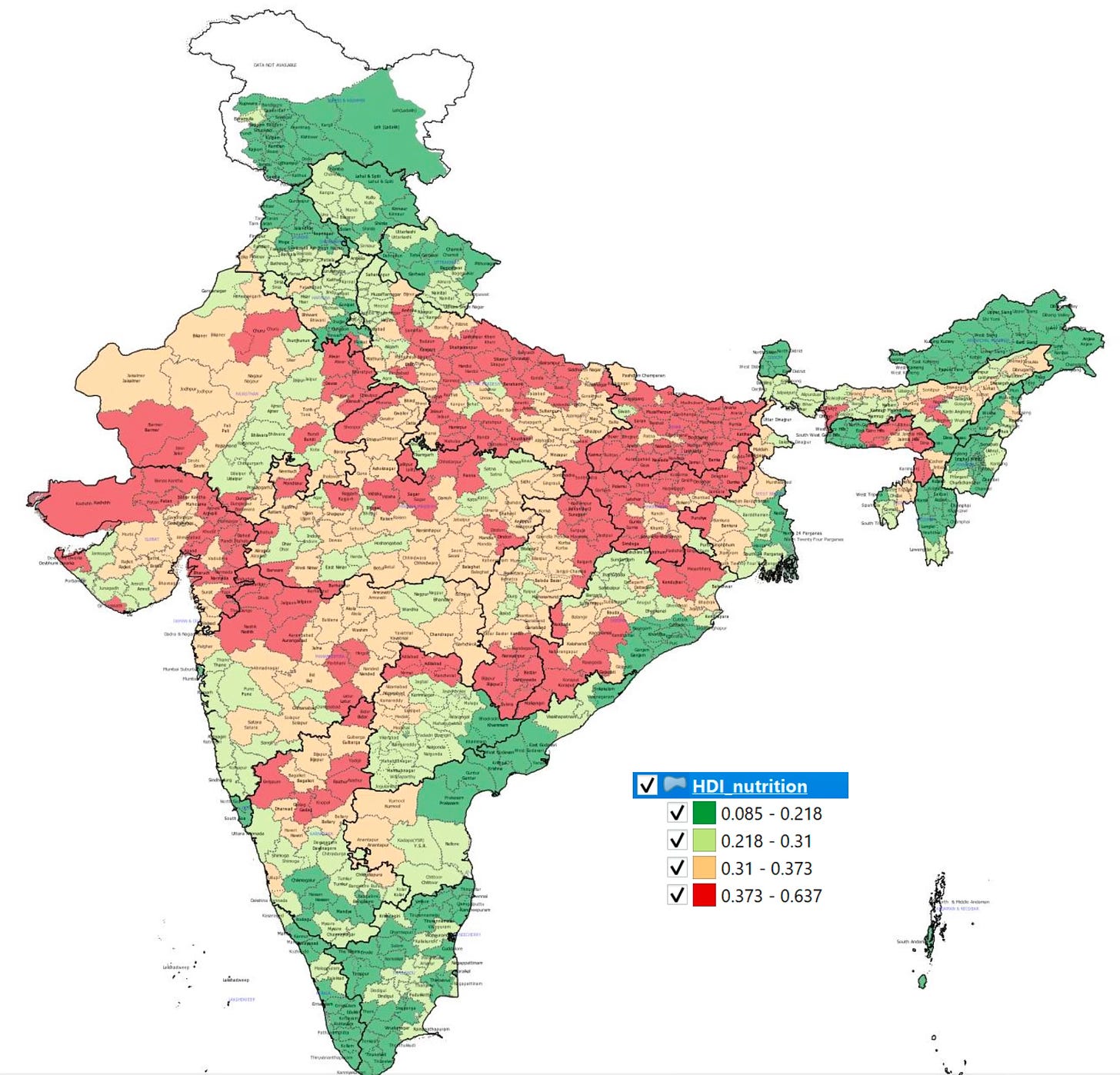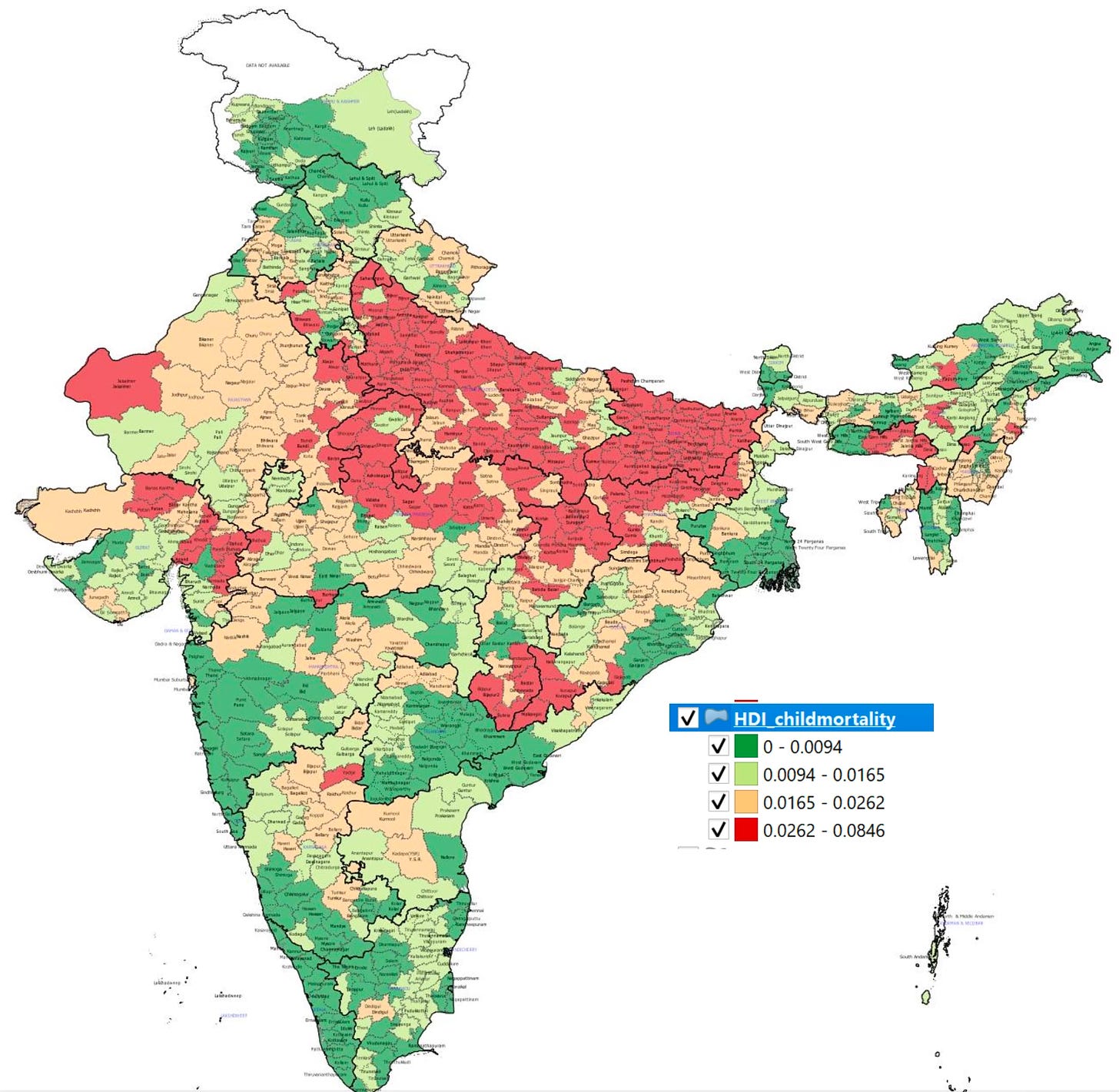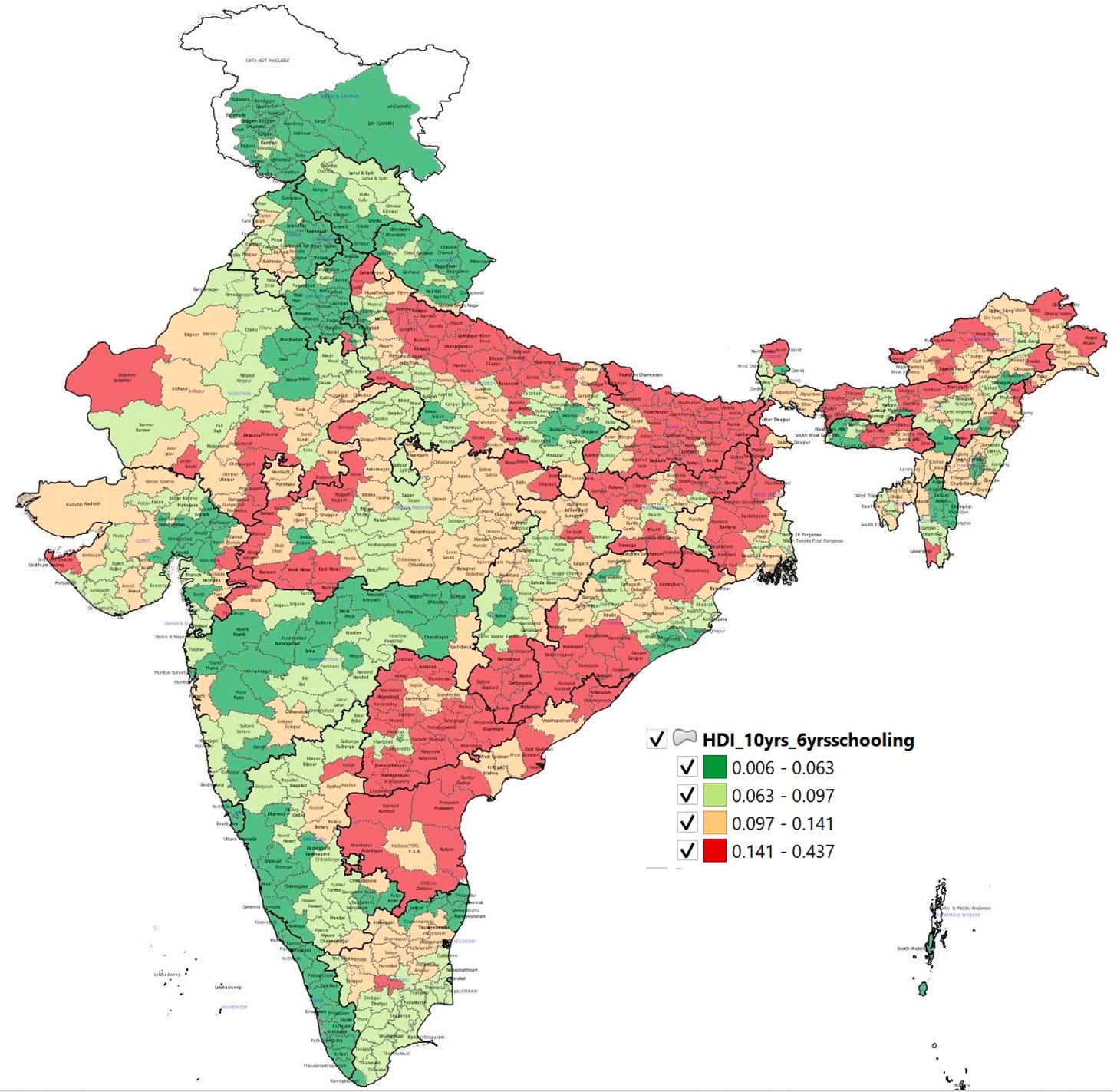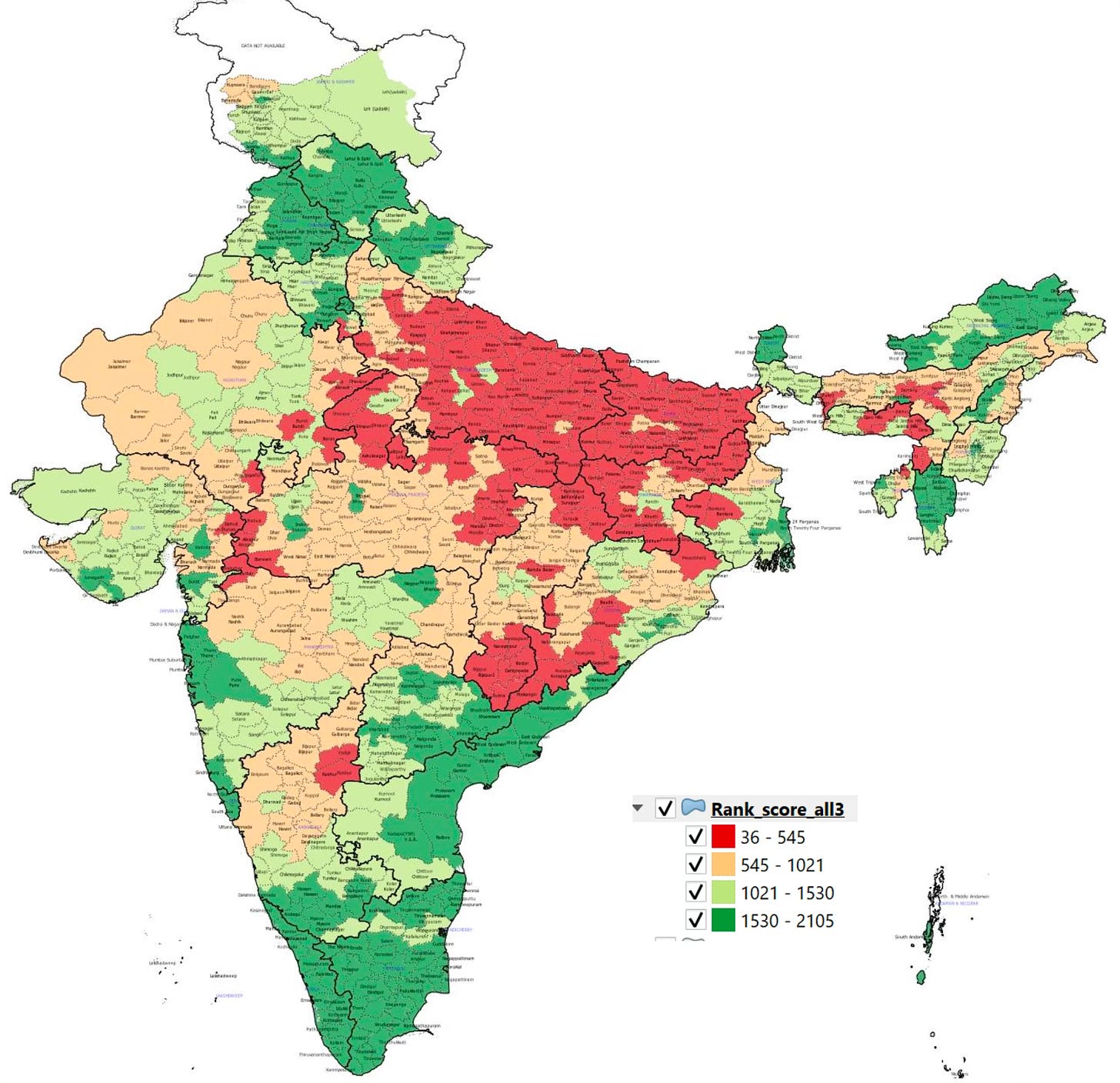I have blogged here pointing to the work of English philosopher John Gray who makes the distinction between progress in the scientific and social realms. While progress in the former is mostly continuous upward improvement, the latter is more complicated and could involve periodic reversions.
Nowhere are such reversions more relevant than in the economic realm, where contrary to conventional wisdom not all trends over time constitutes progress. For example, the free-market economy’s remorseless pursuit of efficiency and profits maximisation poses a serious threat in so far as it can undermine all other arguably at least as much or even more important important factors - resilience, culture, history, community, equity, fairness etc. I have blogged on several occasions how the pursuit of efficiency maximisation has lowered resilience. The pandemic exposed us to the shortcomings of such relentless pursuit.
In this context, I came across two articles about such trends in diverse parts of the economy.
The first concerns how England’s Premier League clubs are trying to capture more of the consumption that happens on match day from the local economy of food trucks, pubs, and small restaurants. This NYT article informs how Aston Villa’s new fan zone is competing with the local entrepreneurs many of whom have been there for decades.
Mr. Aujla has been a fixture outside Villa Park, in one place or another, for more than four decades, but Tony’s Burger Bar has been here, on this enviable and specific real estate, for three years — one of a handful of vans, all of them occupying much the same space, all of them offering roughly the same menu, all of them wreathed in the steam from their fryers. Recently, though, they have had to contend with the arrival of a rival on a slightly larger scale: an official fan area intended to lure customers, and some of the money in their pockets, away from the vans and straight to the club itself.
In March 2022, Aston Villa repurposed Lions Square, a trapezoid of land in the shadow of Villa Park, into a “fan zone” — a sort of officially sanctioned tailgate — complete with a stage for live music, interviews with beloved former players, a couple of bars and a smattering of food trucks. It is not the first Premier League team to explore the idea, long a staple of major international soccer tournaments. Crystal Palace, Liverpool, Manchester City and a number of others have experimented with variations on the theme, and more intend to follow suit: Newcastle has announced plans to establish one outside its home stadium, St. James’s Park… Aston Villa, like most of its Premier League peers, is exploring a broad selection of options as it seeks to expand what it offers its visitors — its customers — in an attempt to monopolize what, and how, they spend…
Mr. Aujla knows the rhythm of game days instinctively. About 90 minutes before kickoff, it is relatively quiet. Fans are still boarding trains, or parking their cars, or thronging the pubs. Trade will pick up as the game approaches. Peak time will come in an hour or so. “Come back then,” he said. “We’ll all have queues.” There is competition among the food trucks, of course, but it does not bleed into rivalry. There has always been more than enough trade to go around, Mr. Aujla said. “You see a lot of the same faces,” he said. “People tend to have a favorite and stick with that one.” His van, and those nearby, are just a couple of the dozens of pubs, bars, restaurants and takeaway shops that dot the terraced streets around Villa Park, a shoal of remoras all reliant on the great whale at their center for their existence. Fan zones, on some level, threaten that tacit arrangement. The whale, in effect, has decided it wants to keep more.
The clubs have packaged this as part of efforts to improve fan experience, improve in-stadium offering, expand the period of fan engagement to the whole day, better manage fan movement if some come a little earlier etc. But the main motivation is obvious - “fan zones are another revenue stream to be tapped”! The clubs know that while the returns from this new revenue stream is relatively small, “it’s a margin nonetheless”.
This revenue maximisation strategy is in its very early stages and therefore have not started to threaten the local entrepreneurs. But such strategies generally follow a process of continuous iteration and gradual expansion of the market share. It’s a fair bet that at some time, for whatever factors, the cannibalisation by the fan zones start to seriously hurt the local entrepreneurs and lead to many of them eventually going out of business. Apart from catering to match day consumption, these enterprises have been integral to the fabric of the local community besides also serving the local economy outside of football fans and match day. How do we characterise such a situation as progress?
Like maximising the value capture from fan consumption, the market dynamic ends up creating distortions in the form of resource misallocation of talent. A trend that has triggered much debate is whether the glamour and money associated with finance ends up sucking up a disproportionate share of human resource talent. The Times has a report on the latest example of how technology businesses are out-paying universities to lure away researchers from universities. Its illustration is Arena BioWorks, a pharmaceuticals startups financed by a few ultra-rich individuals.
The group, bankrolled with $500 million from some of the wealthiest families in American business, has created a stir in the world of academia by dangling seven-figure paydays to lure highly credentialed university professors to a for-profit bounty hunt. Its self-described goal: to avoid the blockages and paperwork that slow down the traditional paths of scientific research at universities and pharmaceutical companies, and discover scores of new drugs (at first, for cancer and brain disease) that can be produced and sold quickly.
The model pursued by Arena BioWorks not only displaces talent from universities but also threatens to upend practices and norms with more profound consequences.
The wrinkle is that for decades, many drug discoveries have not just originated at colleges and universities, but also produced profits that helped fill their endowment coffers. The University of Pennsylvania, for one, has said it earned hundreds of millions of dollars for research into mRNA vaccines used against Covid-19. Under this model, any such windfall would remain private… “It used to be that it was considered a failure to go from academia to industry,” said Dr. Joung, a pathologist who helped design the gene-editing tool CRISPR. “Now the model has flipped”… From 2010 to 2016, each of the 210 new drugs approved by the Food and Drug Administration was connected to research funded by the National Institutes of Health, according to the scientific journal PNAS. A 2019 studyfrom a former dean of Harvard Medical School, Jeffrey Flier, said a majority of “new insights” into biology and disease came from academia.
The motivations for these ultra-rich individuals and academic researchers to mobilise around this new model of drugs development.
The motivation behind Arena has scientific, financial and even emotional components. Its earliest backers first mused about the idea at a late-2021 confab at a mansion in Austin, Texas, where Mr. Dell, along with the early Facebook investor James W. Breyer and an owner of the Celtics, Stephen Pagliuca, vented to one another about the seemingly endless requests for money from collegiate fund-raisers. Mr. Pagliuca had donated hundreds of millions of dollars to his alma maters, Duke University and Harvard, largely earmarked for science. That earned him seats on four advisory boards at the institutions, but it began to dawn on him that he didn’t have any concrete idea what all that money had produced, save for his name on a few plaques outside various university buildings. Over the subsequent months, those early backers teamed up with a Boston venture capitalist and trained medical doctor, Thomas Cahill, to devise a plan. Dr. Cahill said he would help find frustrated academics willing to give up their hard-fought university tenure, as well as scientists from companies like Pfizer, in exchange for a hefty cut of the profits from any drugs they discovered. Arena’s billionaire backers will keep 30 percent, with the remainder flowing to scientists and for overhead…
Universities, generally helped by their nonprofit status, have a nearly limitless, low-paid supply of research assistants to help scientists with early-stage research. Groundbreaking drugs, including penicillin, were born from this model. The problem, scientists and researchers say, is that there can be yearslong waits for university institutional approvals to move forward with promising research. The process, aimed at sifting out unrealistic proposals and protecting safety, can involve writing long essays that can consume more than half of some scientists’ time. When funding does come through, the initial research idea is often already stale, setting off a new cycle of grant applications for projects sure to be outdated in their own time… They say they are frustrated with the slow pace and administrative bogdowns at their former employers, as well as what one new hire, J. Keith Joung, said was “atrocious” pay at Massachusetts General Hospital, where he worked before Arena.
The motivations of the funders and researchers are clearly material, aimed at maximising value for their capital and their talents. Unlike others Mr Pagliuca is being candid in stating the reasons behind his donations to universities. Further unlike the past when the biggest donors made largely untied donations to establish the big universities and colleges, today’s philanthropy from new corporate wealth is less benign in its pursuit of specific agendas. It’s also about control over how those agendas will be pursued. How can we consider this as progress?
Should scientific research be dictated by the priorities of a few wealthy people? Should universities prioritise advancing the frontiers of basic science or applied science? What social and ethical norms should govern philanthropic donations to educational institutions? How much control should donors be allowed over the uses of their donations to these learning centres?
In each case, the fundamental driving force was money. The EPL clubs were clearly motivated by the desire to maximise consumption value capture from the football fans. The academic researchers were largely motivated by the much higher riches from the new model, and the investors/donors were motivated by their interest in setting the agenda and controlling its pursuit. Unfortunately, the dynamics of the markets end up marginalising all other considerations. How do we say all this is progress?















